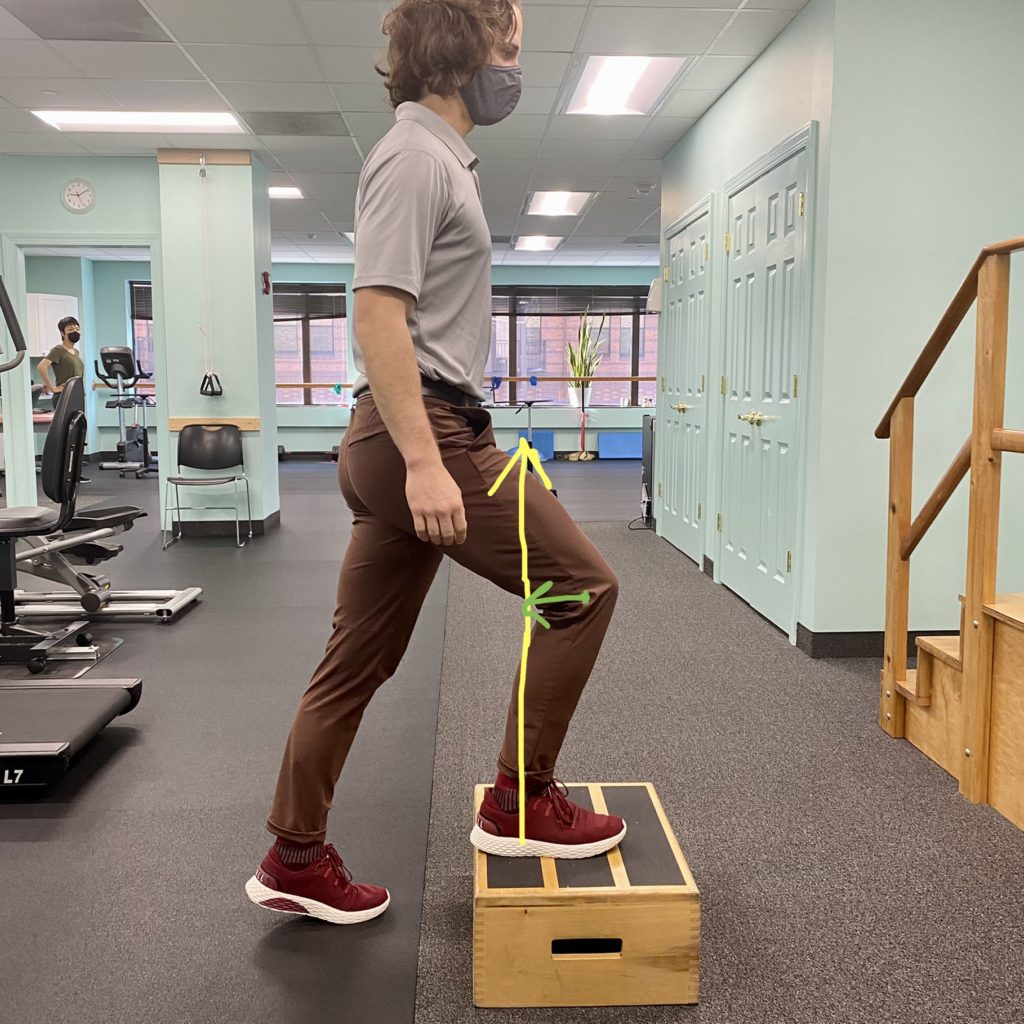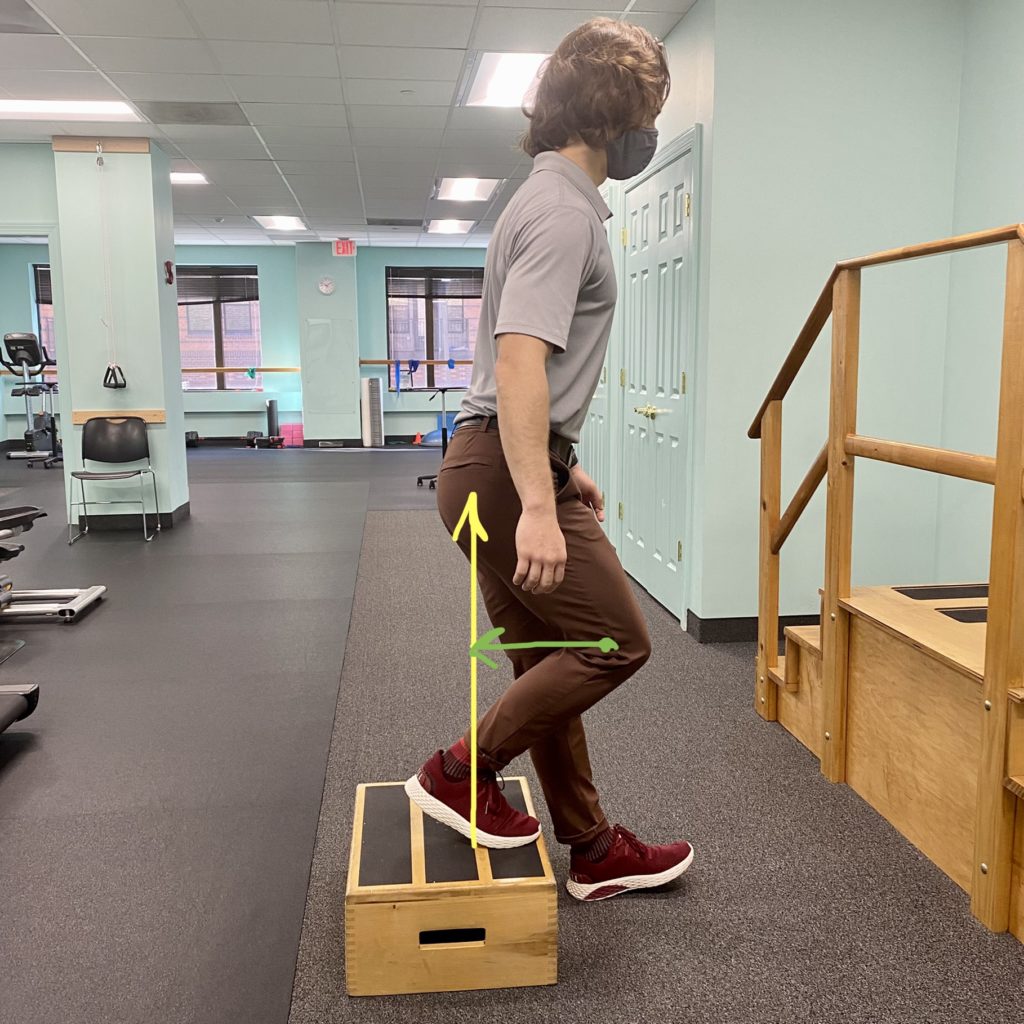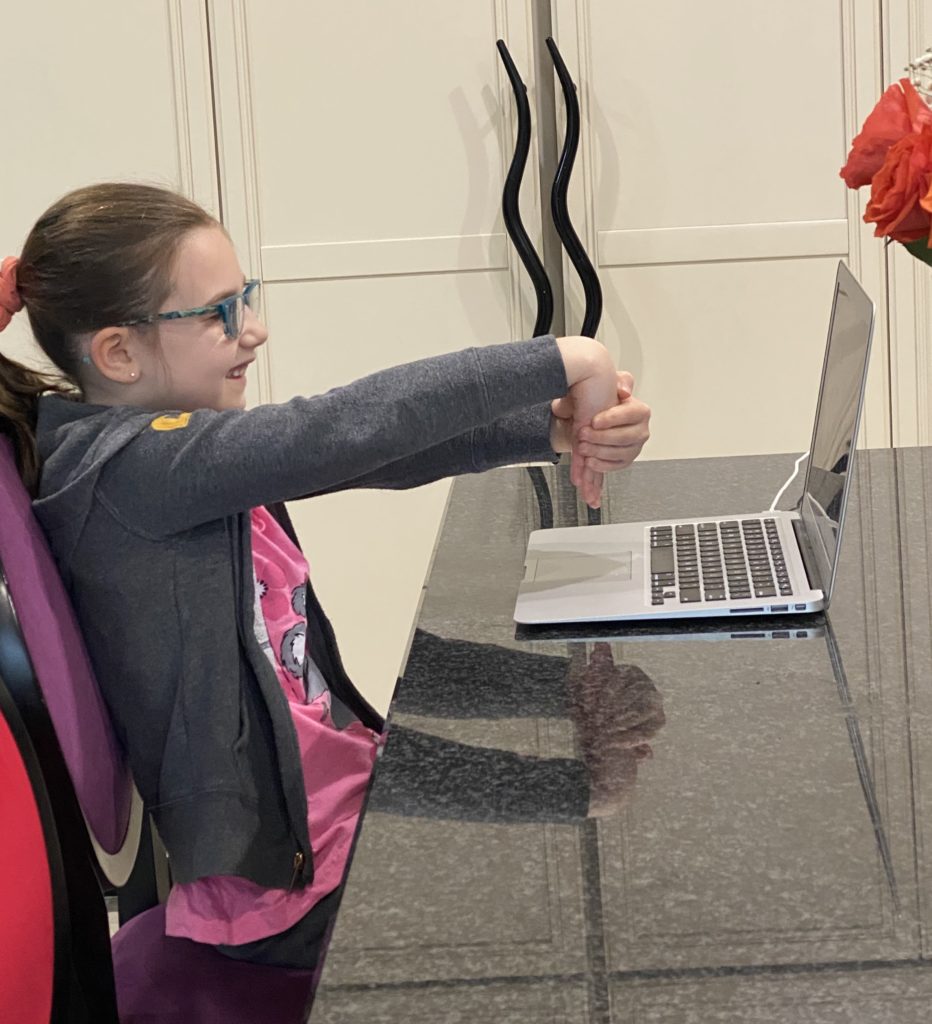Frozen Shoulder: Understanding and Treating This Condition
“Frozen Shoulder”, often called Adhesive Capsulitis, is a disorder that causes stiffness and pain in the shoulder joint. It usually begins gradually, worsens over time, and then slowly improves.
What is Frozen Shoulder?
Frozen shoulder develops when the capsule enclosing the shoulder joint gets inflamed and tightens, causing restricted movement and pain. The condition develops in three stages:
1. Freezing: Leads to increased pain and stiffness.
2. Frozen: Reduced pain but still stiff.
3. Thawing: Leads to gradual increase in range of motion.
Causes and Risk Factors
The actual etiology of frozen shoulder is frequently unknown, however risk factors include:
• Age (40-60 years)
• Gender (more prevalent in women)
• Diabetes and thyroid diseases.
• Long-term shoulder immobilization.
Physical Therapy Interventions
Physical therapy is essential for treating frozen shoulder. Treatment approaches could include:
1. Perform range of motion exercises; gentle stretching to increase flexibility.
2. Strengthening exercises to support the shoulder joint.
3. Manual treatment uses hands-on approaches to mobilize the joint.
4. Pain management options include ice, heat, and electrical stimulation.
5. Patient Education: Home exercise routines and activity changes.
Recovery Timeline:
Recovery from frozen shoulder might take months or years. Adhering to a physical therapy program on a regular basis can greatly enhance outcomes and perhaps accelerate recovery.
When to Seek Help:
If you have persistent shoulder discomfort or stiffness, see a physical therapist or doctor for an evaluation. Early intervention can help prevent the illness from deteriorating and speed up recovery.



